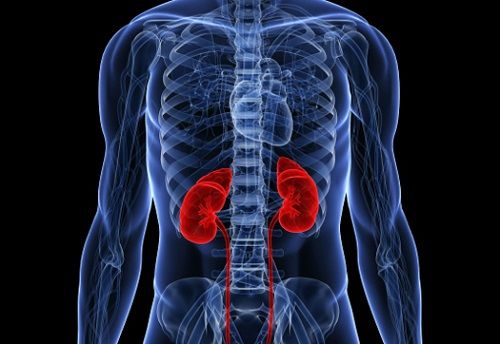Simple kidney cysts are a benign kidney disease and often devoid of clinical significance. They can be isolated, multiple, monolateral or present in both the kidneys. Adults are frequently affected and it is estimated that after 70 years, 30% of people have one or more renal cysts.
They are presented as spheres filled with serous, non-urine fluid, covered by a generally thin, greyish or transparent wall, and in dimensions of a few mm to more than 20 cm. Over the years, they can slowly increase in volume although this is not the rule. They can be located anywhere but more often at the periphery of the kidney, in the polar region (the poles of the kidney are the upper and lower parts). SYMPTOMS: In most cases, cysts are occasionally detected during an ultrasound and do not give any symptoms. Only if they are bigger than 15 inches can give a sign of lumbar pain. Although rarely, they may complicate with internal bleeding to break some intracranial blood vessels or get infected. In these cases, pain and fever may appear. DIAGNOSIS: Modern ultrasound diagnostics with ultrasound, TAC and MAGNETIC RESONANCE allow for accurate diagnosis of renal cysts. The importance of these examinations is crucial to exclude different and more important pathologies. Sometimes complex so-called renal cysts, with not completely liquid material inside, or with solid coins in the walls, can mask a kidney tumor that, unlike simple cysts, should be treated with diligence. In fact, there are other renal cysts for which a differential diagnosis with simple kidney cysts is absolutely to be made. In addition to kidney tumors that may sometimes have cystic characteristics (kidney cysto-carcinoma) (see renal tumor), it is always necessary to exclude the presence of parasitic cysts from Echinococcus, which require specific immediate treatment. TREATMENT: Only larger, symptomatic or complicated cysts should be treated. You can try an aspiration of the fluid with a local skin sting in local anesthesia and under the ultrasound guide. At the end of the aspiration (the liquid is still examined) it introduces within the cyst a substance that seeks to make the sclerosis and sclerotise the walls. This treatment is burdened by a large percentage of recurrence. In the case of recurrences or cysts of abnormal or dubious nature, surgery must be performed. SURGICAL TECHNIQUES: In the case of a surgical treatment, it will be performed laparoscopically with miniinvasive technique. According to the dictates of laparoscopy (see), through some mini-cuts, the cyst is aspirated and decorticated, sending the wall for histological examination. Sometimes I happen to perform this intervention during other interventions. For example if I have to perform a laparoscopic cholecystectomy and the patient has a large right kidney cyst, at the same time taking the latter with minimal trauma.


